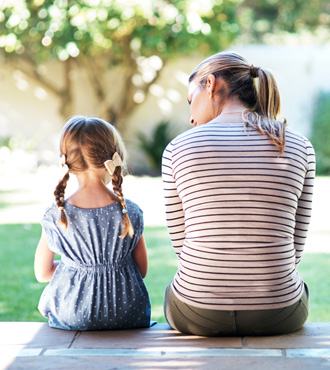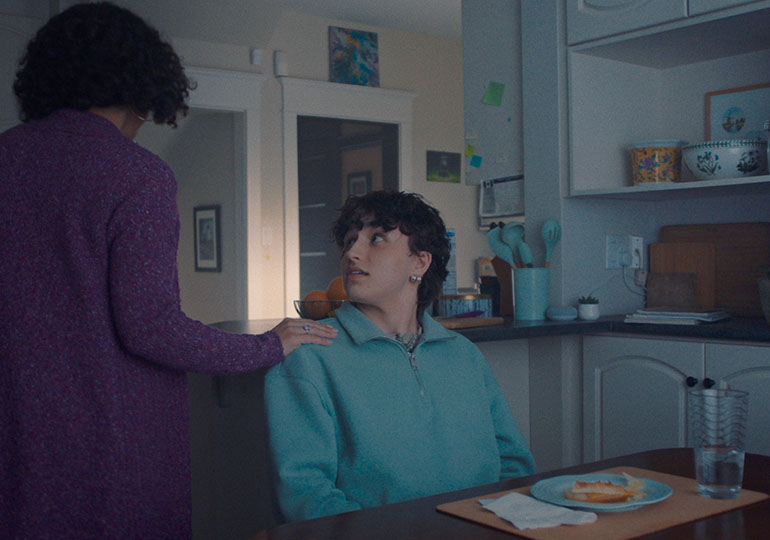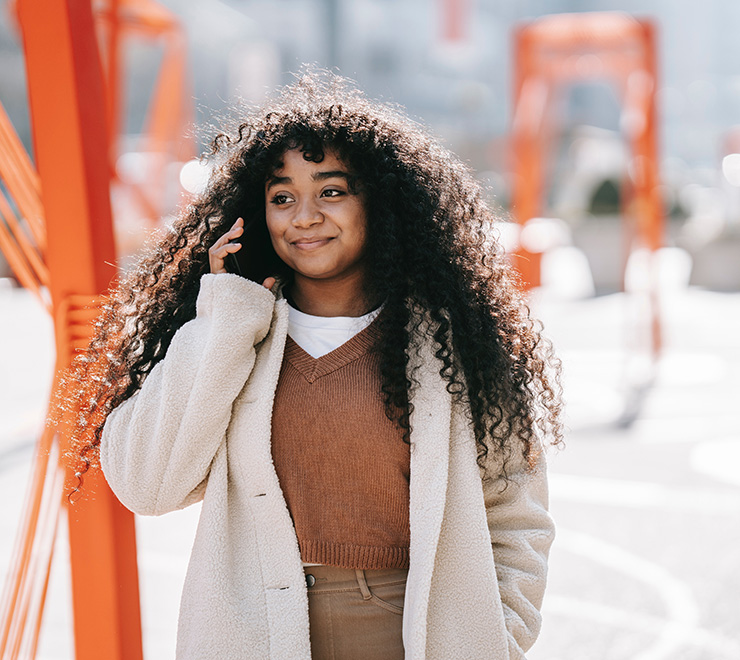With physical distancing restrictions in place as a result of the COVID-19 pandemic, it’s possible that your living space or home is not a safe place for you right now. If you’re unable or not ready to leave the situation, it’s important to create a plan for your safety, even if only for the short term. Any kind of abuse happening at your home is not your fault and you deserve a safe place to live and grow. You’re not alone: if you need someone to talk to, you can contact Kids Help Phone. Emergency services and child protection services are also still available across Canada.
Here, Kids Help Phone shares prompts you can follow to help create a plan to keep yourself safe. The image below provides one example of how you can map this out. Consider recording your plan in any private spot you have access to: a journal or notepad, a phone, tablet, computer or voice recorder.
Download a fillable safety plan
Download a printable safety plan
Notice behaviours
If things have been challenging at home for a long time, the abuser may have specific patterns. Knowing this person’s behaviours, routine and warning signs — or things that trigger them — can be important information to help keep you safe. When you notice these behaviours it may indicate to you when it’s time to go to a different room, connect with support or leave home if possible.
- Triggers and behaviours I can be aware of:
Reduce contact
There are ways to distance yourself from someone in your home even if you can’t physically leave. This may include reading, colouring, journaling, watching TV, doing your homework, listening to music or a podcast with headphones, etc. These activities can subtly let those around you know that you’re busy or unavailable to engage with them.
To create mental space for yourself, you can put headphones on and imagine a wall between you and the abuser. To create physical space, you can move somewhere in your home where you can be alone and close or lock the door, such as a bedroom or a bathroom.
- Things I can to do reduce contact with someone who makes me feel unsafe:
Keep track of safe spaces
Leaving your home for a few hours to spend time in a place where you feel comfortable may reduce stress and anxiety. Consider what places you can go to in your community to safely spend time while physically distancing. This may include a library, community centre, place of worship, mall, friend’s house, youth shelter, drop-in peer support or mental health resource centre, depending on public health guidelines in your area.
- Places where I can safely take space for myself:
Connect with people you trust
It can be helpful to surround yourself with people that make you feel safe — at a physical distance or virtually. Even if they don’t know exactly what you’re going through, it’s important to have people in your life that care about you and support you. If you’re comfortable and feel ready, talking to a safe adult about what’s happening may increase your support system and help you feel less alone.
You may also want to create a code word with the people you feel safe around to communicate when you need their immediate support. Discuss in advance what action this person will take once you use your code word. This could mean having them come pick you up or having them call emergency services for you.
- Who I can contact when I don’t feel safe:
- Supportive services I can contact when I don’t feel safe (name of service, hours of operation, contact info):
You can use Kids Help Phone’s Resources Around Me database to find additional support services in your area.
Document your experience
Find a private space to keep a record of any incidents of abuse to share with people who can support you. Documenting this information will allow you to more effectively share what you’re experiencing and how often it happens. This is especially helpful when reaching out to emergency services or if you need medical attention.
- What I can say when I contact 911 or emergency services:
Identify your limit
You’re the expert of your own experience. Because you have the best understanding of what your limits are, it’s important to reflect on when the abuser’s words or actions become too much to handle. It’s important to make a plan for what to do if that limit is reached.
- What my limits are:
- What I can do if my limit is reached:
Prepare if you need to leave
Creating a safety plan can reduce stress and help you feel more prepared if/when unsafe things happen. If it’s an option for you, you can keep a packed bag somewhere hidden and accessible to you — this could be stored outside the home in your locker at school, at a friend’s house, etc. You may want to include clothes, a water bottle, money, prescription medications you may need, phone charger etc. Think about safe places you can go and how you may get there.
- What I’ll bring:
- Who I’ll tell:
- Where I’ll go and how I’ll get there:
- Important numbers:
Practice self-care
It’s understandable if you’re experiencing physical and emotional responses as a result of abuse. You may be feeling anxious, angry, depressed, have low self-esteem, physical health issues or feel numb or on edge. It’s important to notice how your body is reacting because everyone responds to the impacts of abuse differently. When you can, focus on creating space to connect with yourself and your needs by practising self-care. Some activities that may help include breathing exercises, grounding techniques, exercise or physical activity, practising mindfulness, lighting a candle or using essential oils etc.
- Ideas to help me cope with my feelings:














